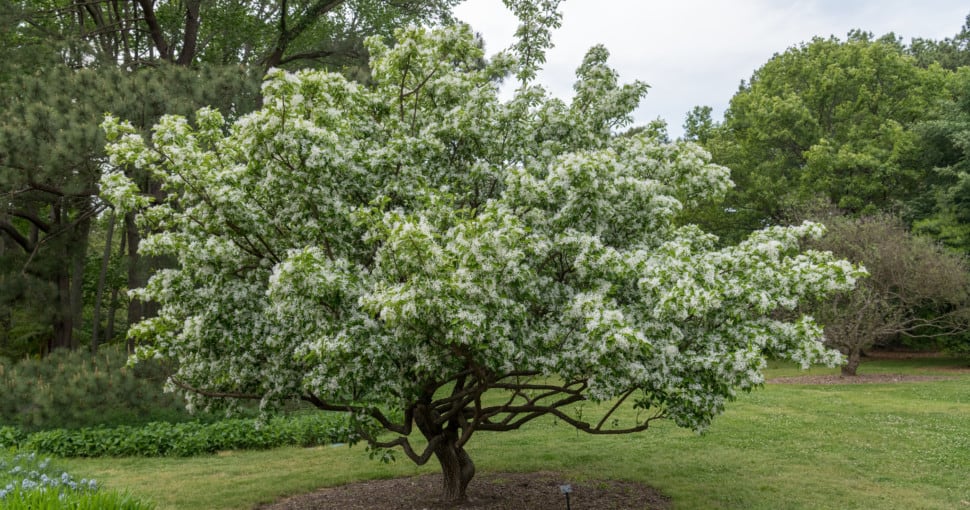Disease-resistant trees make gardening and garden care way simpler by eliminating the added stress of disease control. You can put aside disease prevention issues as long as you choose the correct tree species and the most disease-resistant variant of that species.
Contents
- 1. Kousa Dogwood (Cornus kousa)
- 2. Japanese Katsura Trees (Cercidiphyllum japonicum)
- 3. Chinese Fringe Tree (Chionanthus retusus)
- 4. Southern Magnolia (Magnolia grandiflora)
- 5. Maidenhair Tree (Ginkgo biloba)
- 6. Persian Parrotia (Parrotia persica)
- 7. Japanese Snowbell (Styrax japonicus)
- 8. Carolina Silverbell (Halesia carolina)
Many different trees are more resistant to various diseases that might affect other species. The following are some of those trees:
- Kousa Dogwood
- Japanese Katsura Trees
- Chinese Fringe Tree
- Southern Magnolia
- Maidenhair Tree
- Persian Parrotia
- Japanese Snowbell
- Carolina Silverbell
Background knowledge is always helpful when making these choices. So we have put together a list of some of the disease-resistant trees for ease of knowledge acquisition.
Related: 6 Ganoderma Resistant Trees
1. Kousa Dogwood (Cornus kousa)
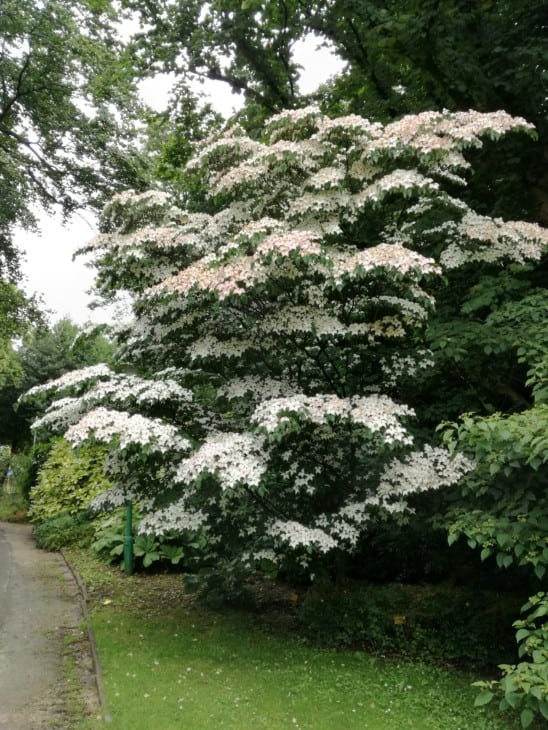
The kousa dogwood is small and deciduous, and it stands 26 – 39 feet tall. It is a rather lovely tree and is very showy when it blooms. The blooms show themselves as white bracts, which come in groups of four and cluster below the inconspicuous yellow-green flowers.
Also known as Chinese dogwood, Japanese dogwood, and Korean dogwood, and cultivated as ornamental, has been naturalized in New York State. Hardy to zones 5 – 8, kousa dogwoods and Rutger’s Hybrid’s get planted in areas where other dogwoods have died due to diseases.
Kousa dogwoods and Rutger’s Hybrid are resistant to powdery mildew, spot anthracnose, and dogwood anthracnose.
Related: Are Dogwood Berries Poisonous?
2. Japanese Katsura Trees (Cercidiphyllum japonicum)
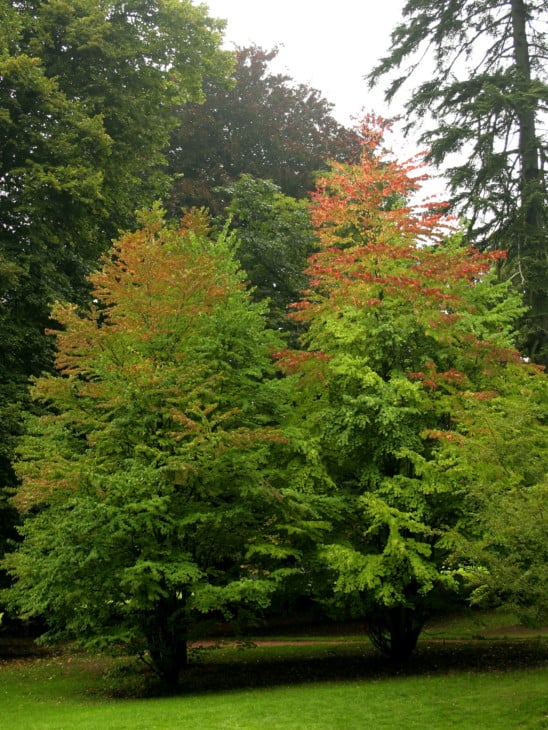
Katsura trees are a trendy choice for landscaped gardens. Hailing from Japan, this tree, sometimes referred to as a big bush rather than a tree, stands no taller than 45 feet. Thriving in hardiness zones 4b – 8, this plant is somewhat sensitive to frost and will drop all its leaves as soon as the cold temperatures arrive.
Producing small, relatively insignificant white flowers, the leaves on this tree make it stand out. The leaves take on fall tones of orange, red, and gold before falling from the tree; their standard colors are green and pink.
After the Katsura tree is well established and mature, it can handle short periods of drought. These trees are practically disease-free and are not susceptible to many pests, and their primary environmental disorders include nutrient and mineral deficiencies and poor water management.
3. Chinese Fringe Tree (Chionanthus retusus)
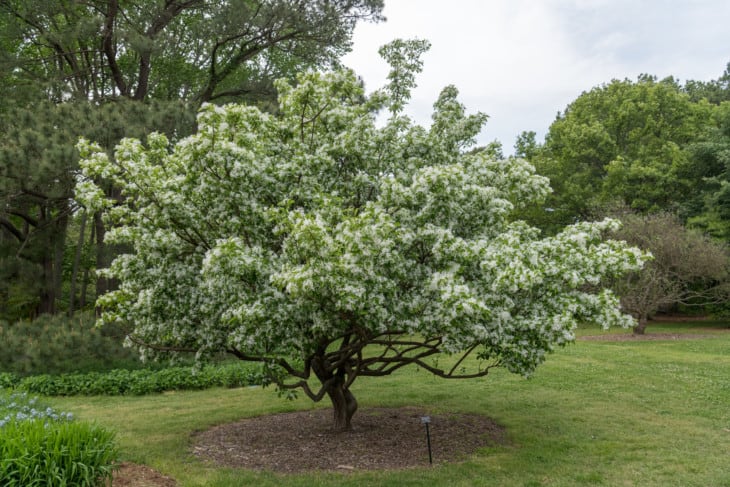
As its name suggests, the Chinese fringe tree is native to China and Korea. This tree grows to around 15 – 25 feet tall and is considered ornamental and varies from a rounded, multi-stemmed large shrub to a small rounded tree. This tree is suited to hardiness zone 5 – 9 and produces lightly fragrant snow-white flowers.
The Chinese fringe tree can adapt well to an urban setting and is tolerant of air pollution, although it is intolerant of prolonged dry conditions. This tree is often grown in woodland or shrub borders, lawns and positioned next to streams or ponds.
The Chinese fringe tree is mostly disease-free. It is susceptible to powdery mildew, canker, and leaf spots, but only in an unfavorable environment. It also has some susceptibility to scale, borers, and mites.
4. Southern Magnolia (Magnolia grandiflora)
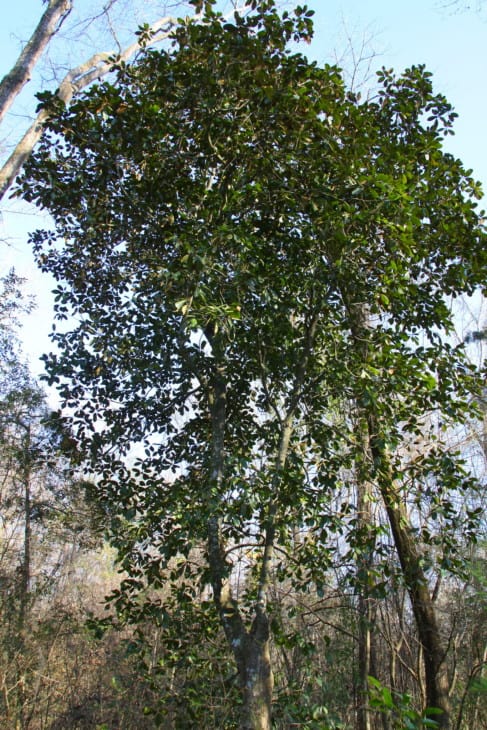
The southern magnolia is valued for its many features and stands around 60 – 80 feet tall and about 30 – 50 feet wide. This tree produces fragrant large creamy white flowers and dark lustrous leaves and is best suited to hardiness zones 6 – 10.
When deciding if and where you will plant this tree, make sure that you choose a place with enough growing room for your tree. These evergreen trees shoot up relatively quickly and need the right amount of growing space.
Most magnolias, as a rule, are pest-free, and this is true of the southern magnolia. They may be susceptible to some scale and beetle. When it comes to diseases, the southern magnolia is mostly disease resistant. In more humid climates, you might get some leaf spots, for example, algal leaf spots.
5. Maidenhair Tree (Ginkgo biloba)
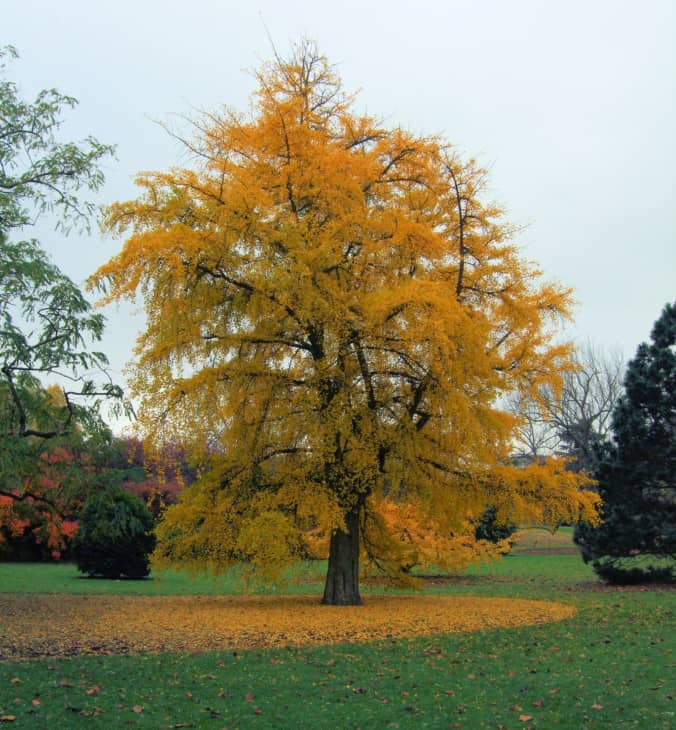
This tree is often called a ‘living fossil’ thriving on the planet for around 180 million years. Japan and China have cultivated it for centuries, and it arrived in North America in 1784. Ginkgo is cold-hardy and prefers hardiness zones of 4 – 8b.
Ginkgo trees grow to around 50 – 80 feet tall and 30 – 40 feet wide, and female ginkgo produce flowers that turn into edible yellow plum-like fruits. The male ginkgo has flowers as well, but they do not turn into fruit. The trees grow emerald green, fan-like leaves that turn yellow in the fall, and the leaves often fall off the tree almost simultaneously.
As this tree has survived for so long, you can imagine that it doesn’t suffer from many diseases. There have been reports of ginkgo suffering from abiotic scorch due to drought and high temperatures, and it can also suffer from bacterial leaf scorch, which is quite common in stressed trees.
6. Persian Parrotia (Parrotia persica)
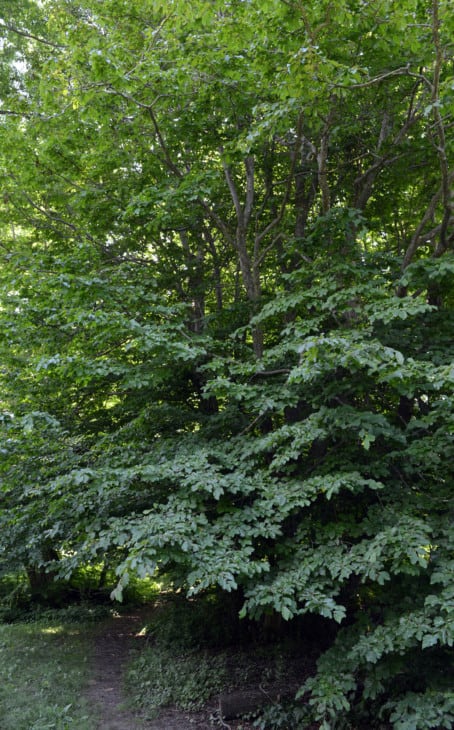
A native to Azerbaijan and northern Iran, Persian parrotia is widely cultivated in the United States and Europe. The parrotia tree grows to a height of 40 feet and a width of 30 feet in hardiness zones of (4)5b – 8b. Many cultivate this tree for its durability and beauty.
Persian parottia leaves turn yellow in the fall, occasionally mixed with shades of red and orange. Their red flowers have no petals but have 1 – 5 strap-like stamens produced on bare branches in late February and March.
Parrotia is known to be relatively disease and pest-free, as long as they are correctly planted and sited. There have been some reports of Japanese beetle damage, but overall these trees tolerate alkaline and acidic soils, drought, heat, urban conditions, and wind.
7. Japanese Snowbell (Styrax japonicus)
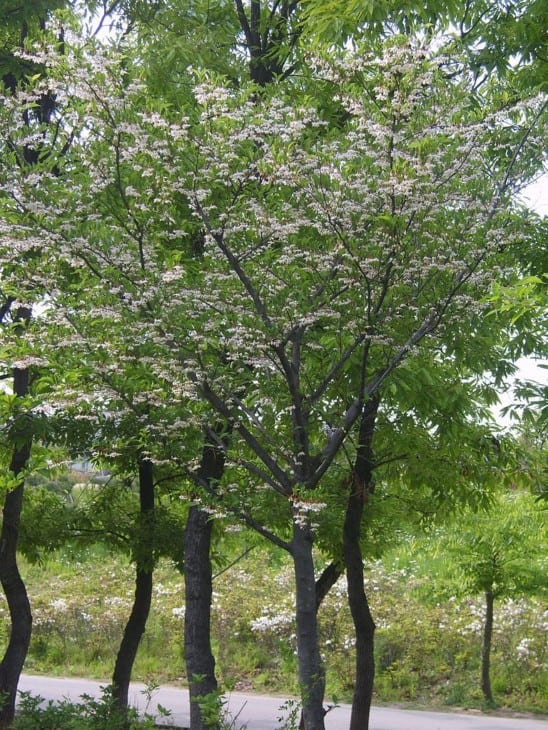
These easy to care for spring bloomers are native to Japan, China, and Korea. They prefer hardiness zones 5 – 8a and grow to a height of 20 – 30 feet and 15 – 25 feet wide. They are deciduous trees, and in the fall, their leaves turn yellow and occasionally red before they drop off.
Japanese snowbell trees produce mildly fragrant small white bell-shaped flowers that grow in clusters of five. These eventually turn into green, olive-like fruit. Great for property borders or parking lot islands, these are some low maintenance perfectly moderate-sized trees.
The Japanese Snowbell is generally not bothered by disease or pests, although you should watch for ambrosia beetle, which can bore into the trees’ wood, destroying vascular tissue. Japanese Snowbell occasionally suffers from twig blight; trees suffering from poor health seem more at risk.
8. Carolina Silverbell (Halesia carolina)
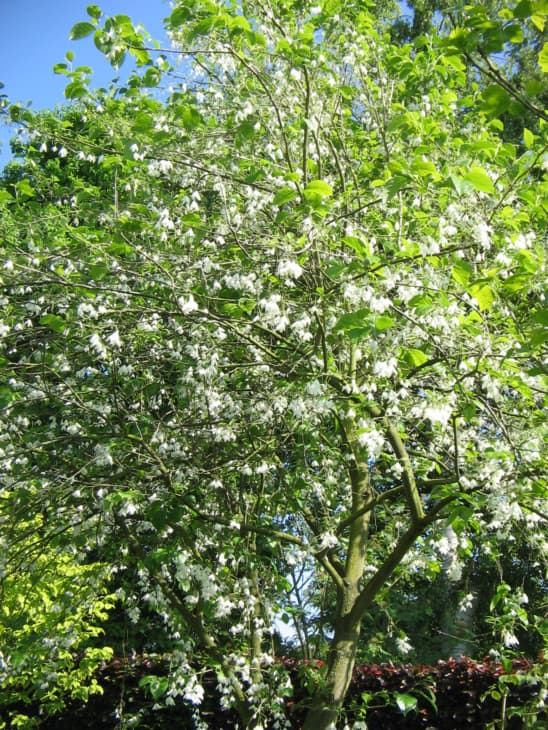
Carolina Silverbell trees are native to North America, and they can be grown as large shrubs or trained into trees by removing all but one of its central leader trunks. Growing 15 – 40 feet tall and 10 – 30 feet wide, the Carolina Silverbell is a deciduous tree that prefers hardiness zones of 4 – 8.
Carolina silverbells produce bell-shaped flowers that hang in clusters of white or pink depending on the variant, of which there are several. They prefer to grow in well-drained, slightly acidic soil, and the tree can turn yellow with chlorosis if the soil pH is incorrect.
Carolina Silverbells generally do not have pests or diseases, although they can develop Phytophthora root rot if their soil is not well-drained enough.

